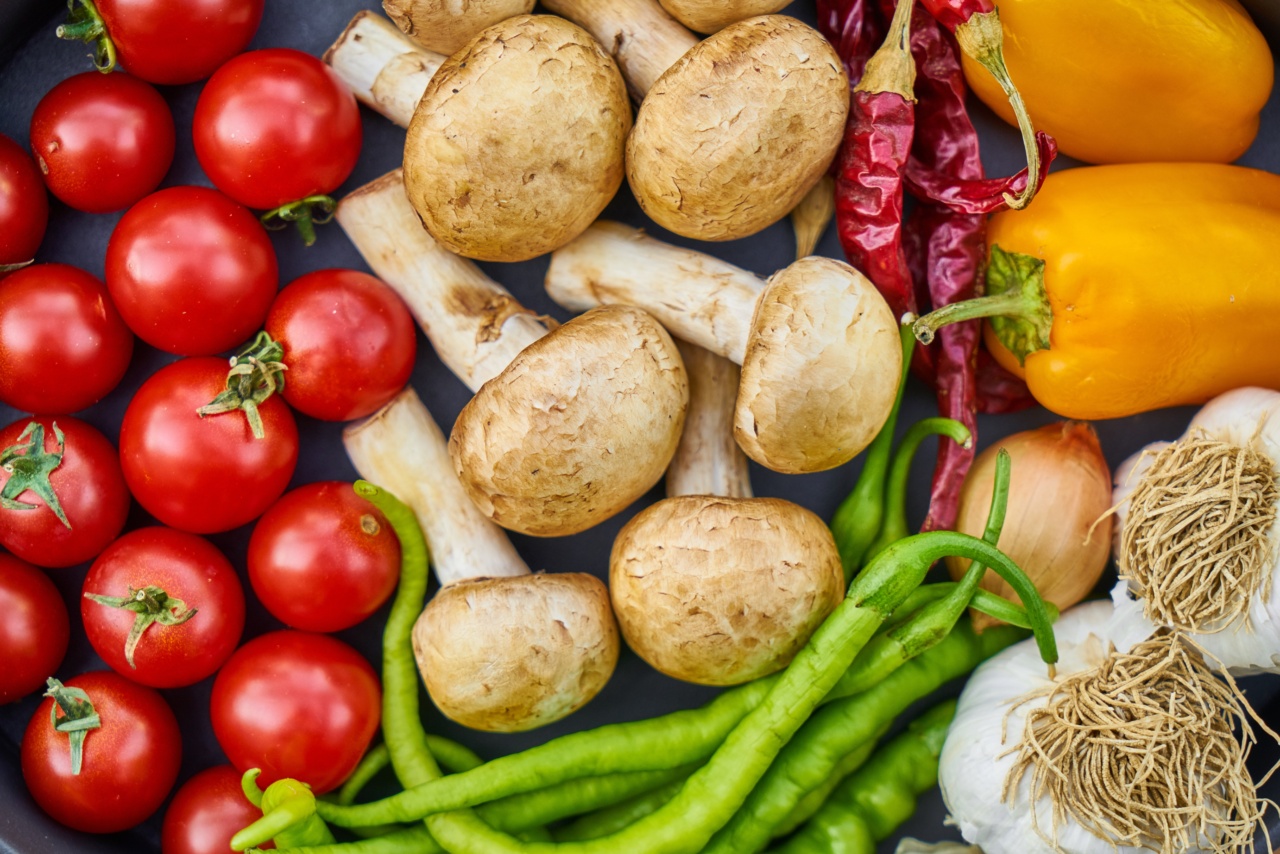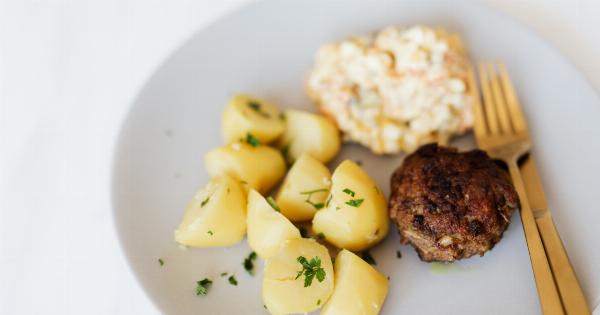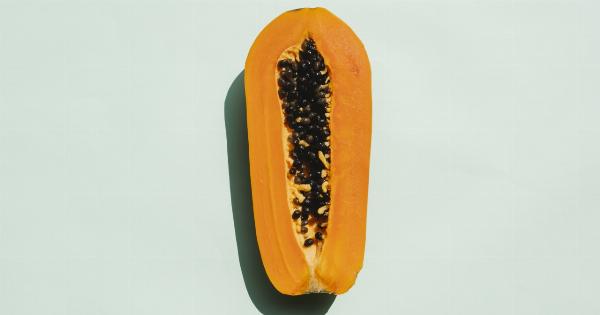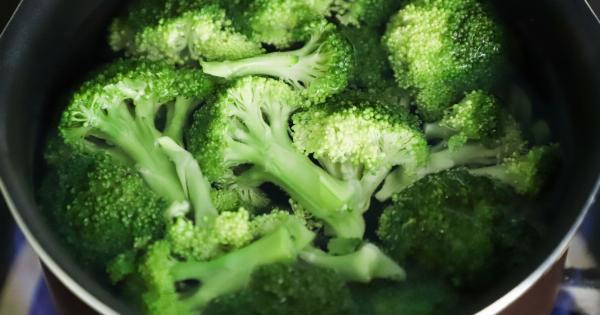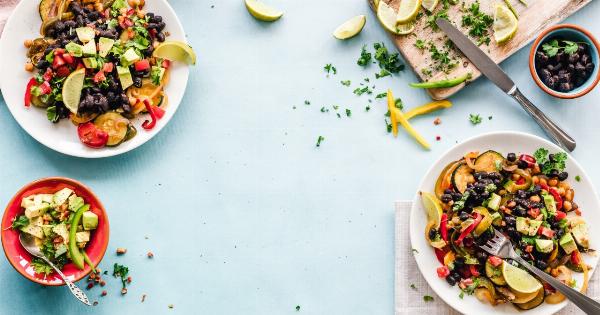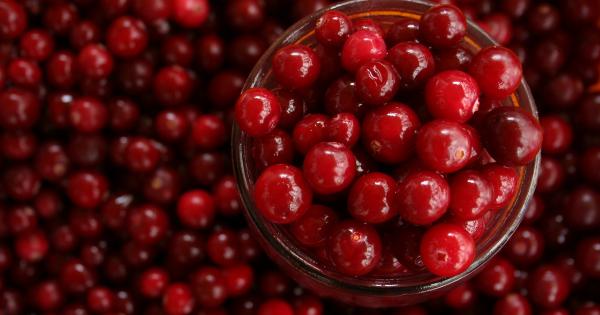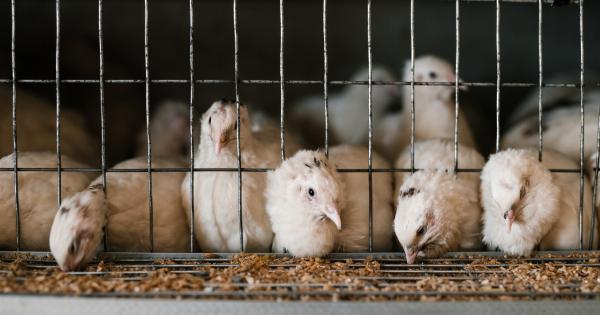Cooking vegetables is one of the most common practices in modern households. However, the way you cook your vegetables can have a significant impact on the nutritional value and benefits you derive from them.
Different cooking methods affect vegetables differently, with some methods retaining more nutrients than others. Here are some of the most common cooking methods and their effects on vegetable nutrition:.
Boiling
Boiling is perhaps the most popular cooking method for most vegetables. However, boiling leaches out a lot of the nutrients, particularly vitamins C and B.
These water-soluble vitamins are quickly lost in the boiling water, which is why boiling is not the most effective way to cook vegetables. If you insist on boiling your vegetables, using minimal water and boiling them for the shortest time possible will help minimize nutrient loss. Also, try to save the cooking water to use as a base for soups and stews later on.
Steaming
Steaming is a popular cooking method that preserves the nutrient content of vegetables. The method involves submerging vegetables in a small amount of rapidly boiling water or exposing them to steam from boiling water.
Steaming will help retain most of the nutrient content of vegetables, preserving their crunchiness and flavor. This method is particularly suitable for delicate vegetables, such as asparagus and broccoli, which become mushy when boiled.
Microwaving
Microwaving is a quick and convenient way to cook vegetables, and it also has some nutritional benefits. The method involves cooking vegetables in a microwave-safe dish with a small amount of water.
Microwaving vegetables helps to retain most of the nutrients, much like steaming. Minimal water is required, which reduces the amount of nutrients lost to the water. Microwaving is particularly suitable for cooking root vegetables, such as potatoes and carrots, and for defrosting frozen vegetables.
Sautéing or Stir-Frying
Sautéing and stir-frying are two fast and healthy cooking methods that help retain most of the nutrients in vegetables. The methods involve cooking vegetables on high heat for a short period, using little oil and constant movement.
The continuous movement helps to cook the vegetables evenly and draw out any moisture without excessively leaching the nutrients. Sautéing and stir-frying are particularly suitable for cooking firm vegetables, such as green beans and bell peppers, which maintain their crunchiness when cooked this way.
Baking or Roasting
Baking and roasting are other healthy cooking methods that can preserve the nutrient content of vegetables. The methods involve placing vegetables in the oven and cooking them at a moderate or high temperature.
Roasting vegetables with their skins intact helps to protect their nutrient content, while adding herbs, spices, and healthy oils during cooking can enhance their flavor and nutritional value. Baking and roasting are particularly suitable for hard-textured vegetables such as carrots, parsnips, and squash.
Canning
Canning can help preserve the nutritional value of vegetables for an extended period, making it an excellent method for long-term storage of vegetables.
However, canning requires precise timing and exceptional sanitation to ensure the retention of vegetable nutrition. Vegetables cooked with acidic ingredients such as vinegar or tomatoes tend to retain more nutrients than those cooked with non-acidic ingredients. Properly stored canned vegetables can retain their nutritional value for years.
Conclusion
Various cooking methods have different effects on vegetable nutrition, with some retaining more nutrients than others. Steaming, microwaving, sautéing, and roasting are some of the best methods for preserving the nutrient content of vegetables.
On the other hand, boiling can leach out a lot of the vitamins and minerals in vegetables. It is essential to choose the right cooking method so that you can derive maximum nutritional benefits from your vegetables.
